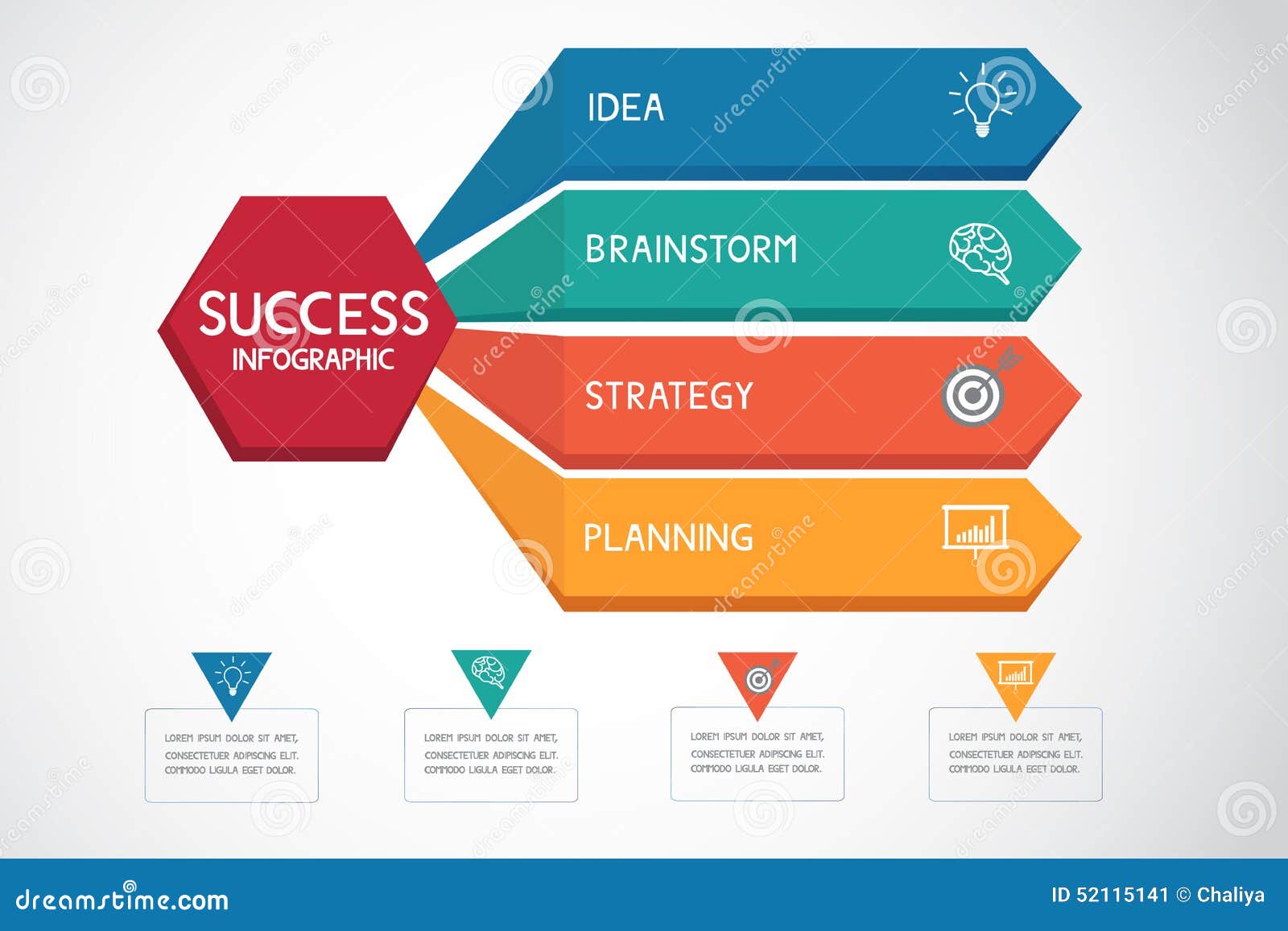The Advancement Of Site Layout: From Past To Existing
The Advancement Of Site Layout: From Past To Existing
Blog Article
Web Content Writer-Rasmussen Clarke
In the past, internet sites were simple and concentrated on information. Navigation was straight, and style was for desktops. Currently, individual experience is key. Data guides layouts for very easy navigation. https://www.ratchetandwrench.com/articles/12591-smart-social-keeps-the-car-count-climbing suit different tools. Today, dark setting lowers pressure, and minimal menus enhance navigation. Interactive functions involve users, and strong visuals attract attention. AI combination boosts engagement. See just how layout has actually progressed to improve your on-line trip.
Early Days of Website Design
In the early days of web design, simpleness reigned supreme. Internet sites were fundamental, with limited colors, typefaces, and formats. The focus got on giving details as opposed to flashy visuals. Users accessed the internet with slow dial-up links, so speed and functionality were essential.
Navigating food selections were straightforward, usually situated on top or side of the web page. Sites were designed for computer, as mobile browsing wasn't yet prevalent. Web content was king, and developers focused on very easy readability over intricate design elements.
HTML was the primary coding language utilized, and developers needed to function within its constraints. Animations and interactive features were marginal compared to today's requirements. Websites were static, with little dynamic web content or tailored individual experiences.
Surge of User-Focused Layout
With the advancement of web site layout, a shift towards user-focused design concepts has become increasingly prominent. Today, producing internet sites that prioritize individual experience is vital for involving site visitors and achieving service goals. User-focused style involves understanding the demands, preferences, and actions of your target market to customize the site's layout, material, and features appropriately.
Developers currently carry out detailed study, such as individual studies and use screening, to gather insights and responses straight from individuals. This data-driven method helps in developing user-friendly navigating, clear calls-to-action, and visually appealing interfaces that reverberate with site visitors. By putting the individual at the facility of the design process, web sites can provide a much more personalized and delightful experience.
Responsive layout has actually likewise emerged as a crucial facet of user-focused style, ensuring that websites are maximized for numerous devices and screen sizes. This flexibility boosts access and usability, dealing with the diverse ways individuals interact with websites today. Fundamentally, the increase of user-focused design represents a change in the direction of creating electronic experiences that focus on the demands and expectations of completion user.
Modern Trends in Website Design
Explore the current fads forming website design today. One prominent fad is dark mode design, offering a smooth and contemporary appearance while reducing eye pressure in low-light environments. Another key fad is minimalist navigation, simplifying menus and improving customer experience by concentrating on essential elements. Integrating micro-interactions, such as computer animated buttons or scrolling impacts, can develop an extra interesting and interactive site. Recommended Web-site continues to be crucial, ensuring smooth user experiences throughout various devices. Furthermore, utilizing vibrant typography and asymmetrical layouts can add aesthetic rate of interest and accentuate certain material.
Incorporating AI innovation, like chatbots for client support or tailored suggestions, enhances individual interaction and streamlines processes. Access has also end up being a substantial fad, with designers focusing on inclusive layout techniques to satisfy diverse user needs. Embracing sustainability by optimizing web site efficiency for rate and performance is another emerging pattern in website design. Teaming up with individual comments and data analytics to iterate and improve style continually is vital for staying pertinent in the ever-evolving electronic landscape. By welcoming these modern-day fads, you can create an aesthetically enticing, easy to use internet site that reverberates with your target market.
Final thought
As you reflect on the advancement of website layout from the early days to currently, you can see exactly how user-focused design has come to be the driving force behind modern-day fads.
Accept the journey of adjustment and adaptation in web design, always keeping the user experience at the forefront.
Tippingpointdigital
Stay current with the most up to date trends and technologies, and never stop advancing your technique to create aesthetically spectacular and easy to use internet sites.
Advance, adjust, and develop - the future of web design remains in your hands.
